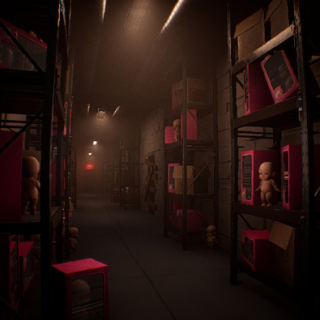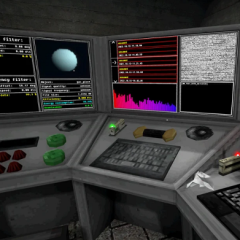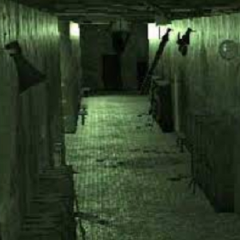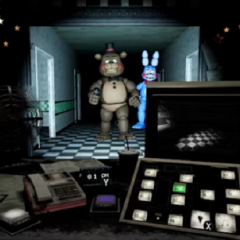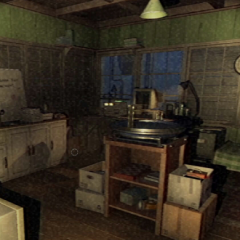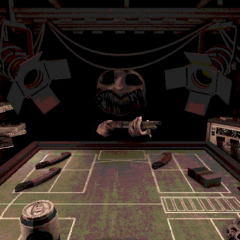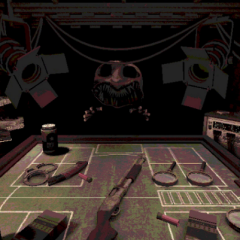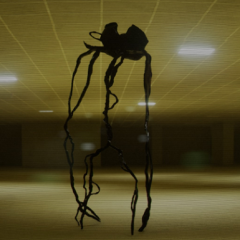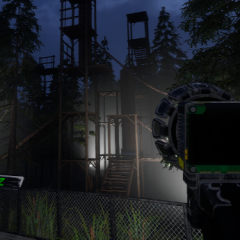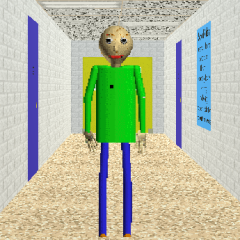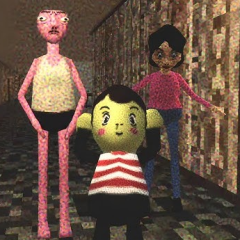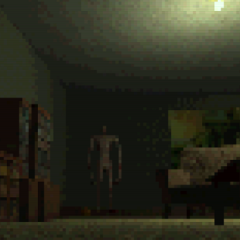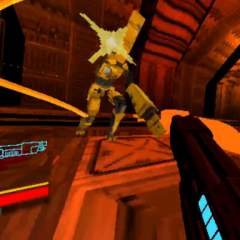Dollmare
Dollmare begins with a simple premise: you are just trying to survive financially. The opportunity to work in a doll factory seems like an easy way to make ends meet. But the longer you spend inside the facility, the more it becomes clear that your job is far from ordinary. Every shift places you in front of lifeless eyes and quiet figures that may not be as still as they appear. There’s no one chasing you, no loud alarms or violent confrontations—yet the air grows heavier each night, and the factory itself begins to feel like it has a presence. You aren’t told who owns the building or what’s inside the dolls. That’s for you to find out—if you last long enough.
Subtle Fear, Deep Routine
The game is built around slow tension and psychological unease. Each doll must be carefully inspected, for damage or misalignment, and for strange irregularities that aren’t easy to define. A smile that wasn’t there before. Eyes that seem to follow you. In Dollmare, you’re not a hero with weapons or tools for defense—you are a worker, performing tasks that only grow stranger. Though there are no monsters hunting you down, fear comes from the suspicion that something is always just out of view, just beneath the surface of normalcy. You begin to dread the next box you’ll open.
Your Tasks In The Factory
Each shift adds new tasks that seem small at first, but begin to build into something much more sinister. You will be required to:
· Inspect dolls for deformities or subtle behavioral changes
· Follow mysterious protocols displayed on factory monitors
· Repair or maintain aging equipment with unclear functions
· Walk through restricted areas after hours
· Report anomalies that may not be consistent or logical
At first, you assume the strangeness is in your mind. But eventually, the factory makes it clear: the abnormal is not imaginary—it’s policy.
A Shifting Experience With No Certainty
Unlike many horror games that follow predictable paths, Dollmare includes semi-randomized elements that ensure no two playthroughs are exactly alike. Certain events may appear only once, others will change based on your previous actions or hesitations. You might enter the same room twice and find it entirely unfamiliar. The factory is alive with memory and silence. As you try to complete your duties, it becomes more difficult to tell if you are restoring order—or simply feeding the machine. The longer you work, the harder it becomes to leave. Not because you’re locked in, but because something wants you to stay.
